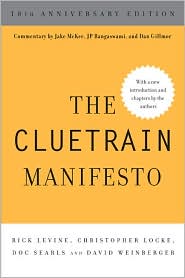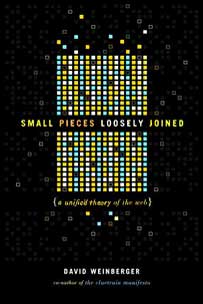February 10, 2020
Brink has just posted a piece of mine that suggests that the Internet and machine learning have been teaching companies that our assumptions about the predictability of the future — based in turn on assumptions about the law-like and knowable nature of change — don’t hold. But those are the assumptions that have led to the relatively recent belief in the efficacy of strategy.
My article outlines some of the ways organizations are facing the future differently. And, arguably, more realistically.








